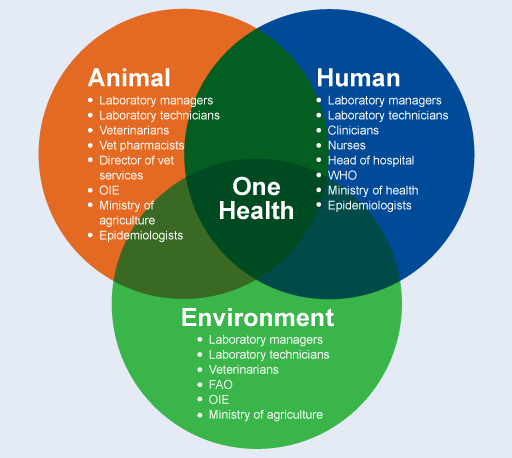3.1 Communication between AMR surveillance professionals
Since the success of a surveillance system relies on many people working together across different roles, communication between these groups is crucial.
As an example, think about a group of musicians performing a piece of music. Each instrument has its own part that, when played alone, may sound like a series of notes without any melody. However, each member of the group contributes different parts of the piece, so that when they are all playing together their contributions add up to something better than their individual parts and the melody can be heard.
You can learn more about how your role relates to the roles of others in the AMR surveillance process in the modules Introducing AMR surveillance and Communicating AMR data to stakeholders.
Effective cross-team working within local teams is critical for the high-quality data needed for AMR surveillance. Think back to the analogy of the musicians: imagine that one member of the group has been given the wrong piece of music to play, or the performers all start playing at different times. How would the group sound? It is unlikely that their performance would sound very good. Likewise, every person in the AMR surveillance process contributes to the effectiveness of the system.
Activity 2: Your role in the surveillance process
Activity 3: Communication
You will learn more about communicating with AMR surveillance professionals beyond your workplace in the Communicating AMR data to stakeholders module. But for now, take a moment to note down anyone outside of your current workplace that is involved in your AMR work.
As you study Tackling antimicrobial resistance, you will see that AMR surveillance requires a One Health approach: the collaboration of multiple disciplines working locally, nationally and globally to achieve the optimal health of people, animals and the environment (Figure 5). You will learn more about this One Health approach in the module Introducing a One Health approach to AMR. Consequently, AMR surveillance that takes a One Health approach does not just require communication between those working in different roles in the human healthcare sector but also across different sectors.
3 Who is ‘the AMR surveillance professional’?




